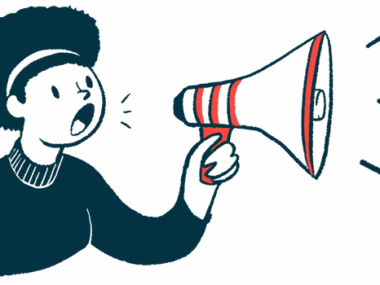Children’s Hospital Colorado set to provide Zevaskyn for RDEB
It becomes 3rd qualified treatment center offering the cell-based gene therapy
Written by |

Children’s Hospital Colorado has become a qualified treatment center for Zevaskyn (prademagene zamikeracel), a cell-based gene therapy for recessive dystrophic epidermolysis bullosa (RDEB).
The center announced that it is now ready to start identifying patients for treatment. The Colorado center follows the Ann & Robert H. Lurie Children’s Hospital of Chicago and the Lucile Packard Children’s Hospital Stanford, in the San Francisco Bay Area, in becoming a Zevaskyn qualified treatment center.
“We are thrilled to be able to provide our patients a [much-needed, long-lasting] treatment option, and with it, the hope for an improved quality of life,” Anna L. Bruckner, MD, co-director of the EB Clinic at Children’s Hospital of Colorado and professor at the University of Colorado School of Medicine, said in a press release from Abeona Therapeutics, the treatment’s developer, and Children’s Hospital Colorado.
Madhav Vasanthavada, PhD, chief commercial officer at Abeona, said site activation “is a major milestone in broadening access to [Zevaskyn] across a growing network of established EB centers.” He added that the company is “excited to be working with Dr. Bruckner and Children’s Hospital Colorado in making [Zevaskyn] available to RDEB patients.”
The epidermolysis bullosa (EB) program at Children’s Hospital Colorado is recognized by the advocacy organization Debra of America as a center of excellence. The hospital is also a member of the EB Clinical Research Consortium, which aims to advance care and improve outcomes and quality of life for people with epidermolysis bullosa.
Zevaskyn shown to promote healing, reduce pain in trial
RDEB is caused by mutations in both copies of the COL7A1 gene, which provides instructions to produce a portion of type VII collagen, a protein that connects the different layers of the skin. Without a functional protein, the skin becomes fragile and prone to chronic wounds that do not heal easily.
With Zevaskyn, a patient’s skin cells are collected and engineered in a lab to carry a healthy version of the COL7A1 gene. The modified cells are then grown on a thin sheet that is implanted onto the patient’s wounds to promote healing.
The therapy’s approval in the U.S. was largely based on data from the Phase 3 VIITAL trial (NCT04227106) that included 11 people with RDEB. It demonstrated that wounds treated with Zevaskyn were more likely to heal by at least 50% after six months compared with wounds that were left untreated. Zevaskyn was well tolerated and also led to significant pain reductions during wound dressing changes.
Abeona Assist, a patient support program, provides access to information and other forms of support for those considering Zevaskyn treatment. This includes guidance through the treatment journey, including financial travel and logistics assistance.
The company has also been working with public and private insurers so that patients will have coverage for Zevaskyn treatment, with several large national and regional payers agreeing to cover the one-time therapy.






